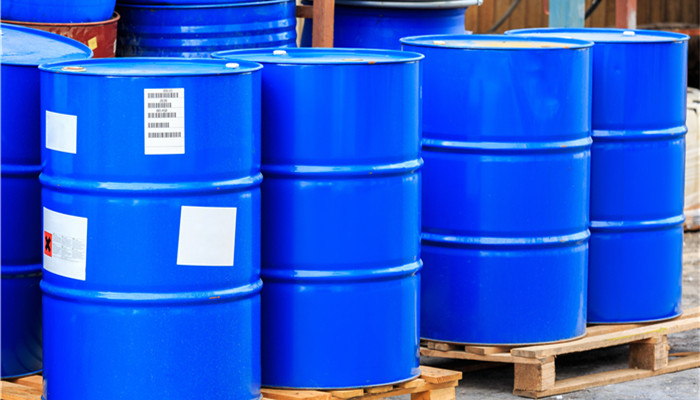
There are few polylactic acid-epsilon-caprolactone (PLCL) production companies and small demand.
Polylactic acid-epsilon-caprolactone (PLCL) has the characteristics of controllable degradation speed, high flexibility, adjustable elasticity, adjustable tensile strength, excellent biocompatibility, biodegradability, non-toxic degradation products, and drug-friendly properties. It has advantages such as permeability and can be used in tissue engineering, surgical sutures, drug delivery and other fields. However, polylactic acid-epsilon-caprolactone (PLCL) also has certain application defects, such as a long degradation cycle, which greatly limits the application of PLCL in bone tissue engineering. It is necessary to introduce rapidly degrading biomaterials to improve the PLCL degradation cycle. Adjustment; and polylactic acid-ε-caprolactone (PLCL) has poor flow and is easily affected by the extrusion expansion effect, resulting in obvious limitations in the application of polylactic acid-ε-caprolactone (PLCL) in the field of 3D printing. But in general, polylactic acid-ε-caprolactone (PLCL) still has good application potential, so it has become a research hotspot in recent years.
The units conducting polylactic acid-ε-caprolactone (PLCL) research in my country are mainly scientific research institutes and universities, such as the Institute of Biomedical Engineering of the Chinese Academy of Medical Sciences, Lanzhou University, Donghua University, etc., which conduct polylactic acid-ε-caprolactone research. There are few companies researching ester (PLCL), and there is a disconnect between industry, academia, research and application. As a result, there are few industrialization results of polylactic acid-ε-caprolactone in my country and there are very few production companies.
According to the released“Research Report on Market Monitoring and Future Development Prospects of China’s Polylactic Acid-ε-Caprolactone (PLCL) Industry from 2023 to 2027” , from the demand side, polylactic acid-ε-caprolactone (PLCL) has many potential application fields, and the application fields are all industries with strong resistance to economic cyclicality, sufficient development momentum, and fast development speed. The application space It is vast, but the demand at this stage is not large. This is mainly affected by four factors: first, the number of enterprises is small and the supply capacity is weak; second, the market awareness of polylactic acid-ε-caprolactone (PLCL) is relatively low among downstream users. Low, affecting its promotion and application; third, the current commercial polylactic acid-ε-caprolactone (PLCL) products are expensive, which greatly limits the large-scale application of polylactic acid-ε-caprolactone (PLCL); fourth This is because the production technology is immature and the product still has certain defects, making it difficult to promote in the market.
Industrial analysts said that the application advantages of polylactic acid-ε-caprolactone (PLCL) outweigh its shortcomings, and these The deficiencies in application can be made up for through technology. For example, researchers improved the degradation rate and hydrophilicity of polylactic acid by adding different proportions of poly-p-dioxanone (PPDO) to form poly-p-dioxanone (PPDO). PPDO) provides the feasibility to improve the hydrophilicity and degradation rate of polylactic acid-ε-caprolactone (PLCL). In the future, with the increase in research and the improvement of product maturity, the demand potential of polylactic acid-ε-caprolactone (PLCL) will be gradually released.

 微信扫一扫打赏
微信扫一扫打赏

